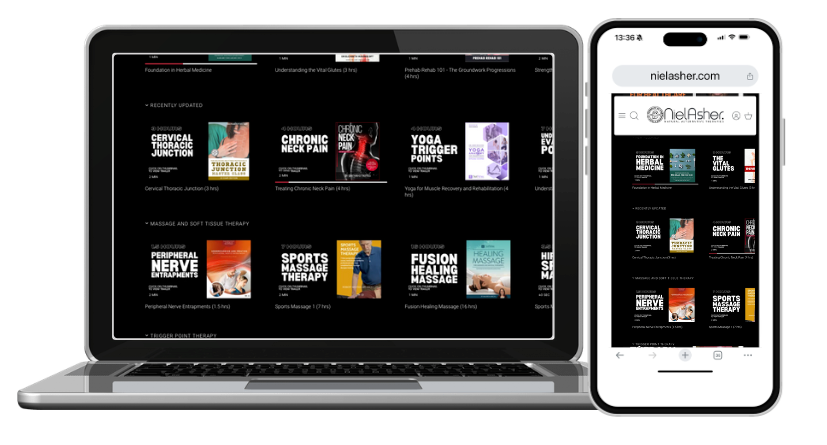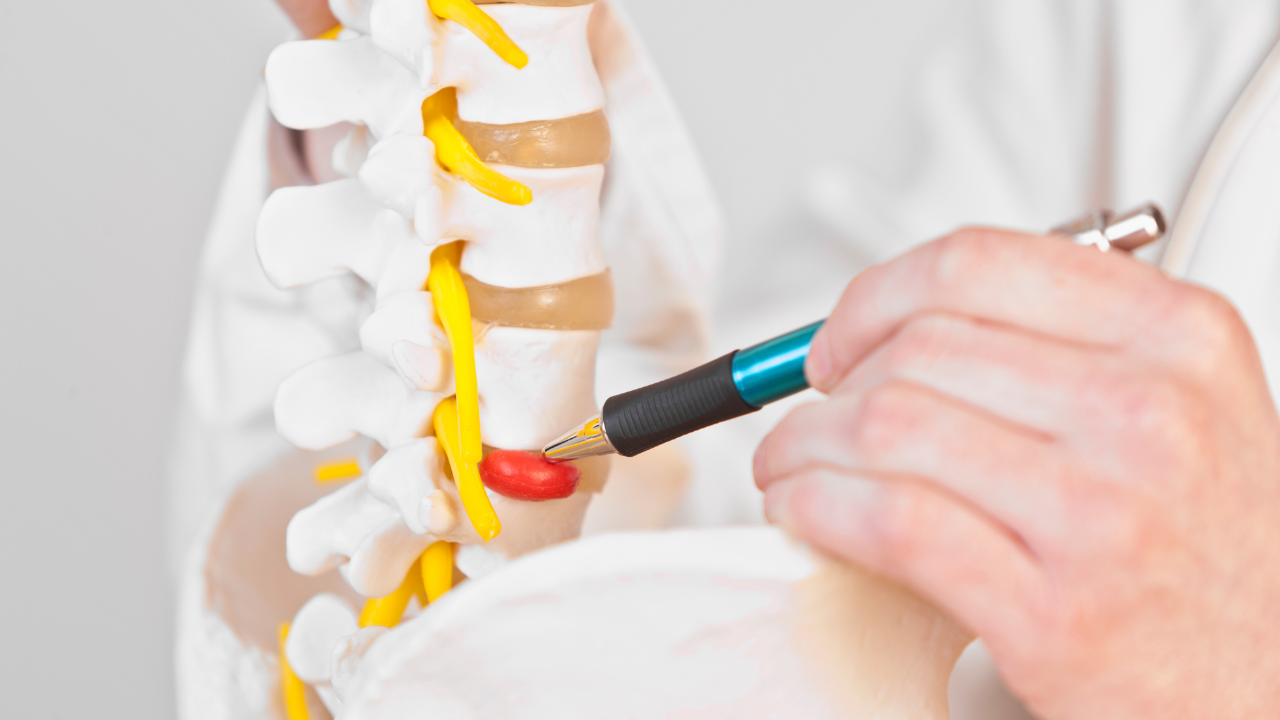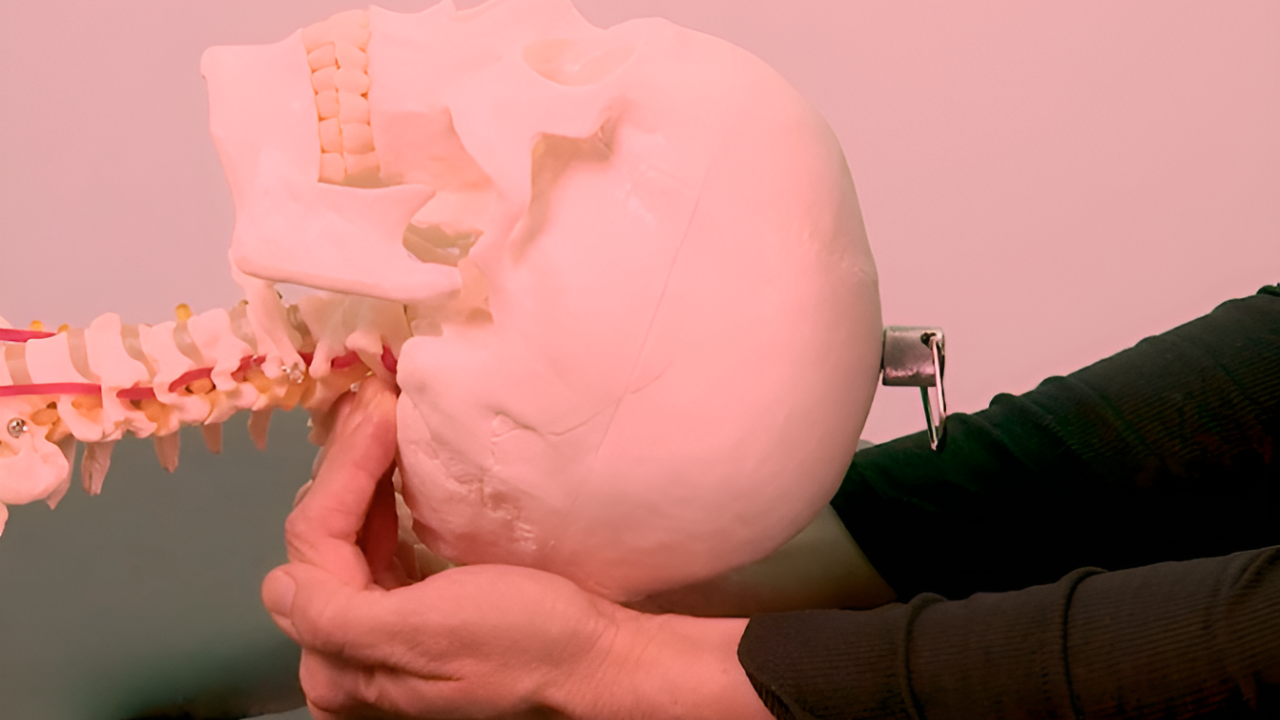Single Heel Drop Calf Stretch

Gastrocnemius Muscle
Here is a great stretch for the Gastrocnemius muscle;

Technique:
- Stand on a raised object or step
- Place the toes of one foot on the edge of the step
- Keep your leg straight
- Let your heel drop towards the ground
Primary muscles: Gastrocnemius.
Secondary muscles: Tibialis posterior. Flexor hallucis longus. Flexor digitorum longus. Peroneus longus and brevis. Plantaris.
Injury where stretch may be useful: Calf strain. Achilles tendon strain. Achilles tendonitis. Medial tibial pain syndrome (shin splints).
Note: Make sure your toes are facing forward during this stretch. Pointing your toes in a different direction will place an uneven tension on the calf muscles and can lead to a muscle imbalance.
EDUCATION MEMBERSHIP PLANS
UNLIMITED ACCESS
FROM $19.95/monthly

Learn More for Less

Unlimited access to all courses for just $19.95/mo












Comments
Hicham Sabbouri said:
Thank you